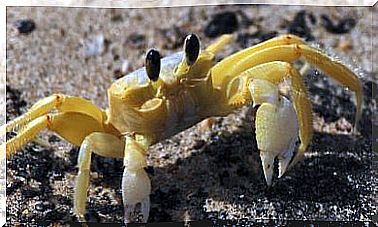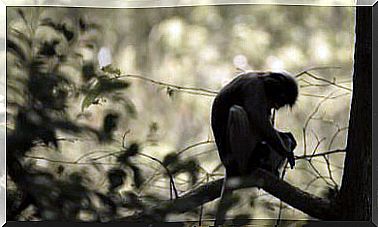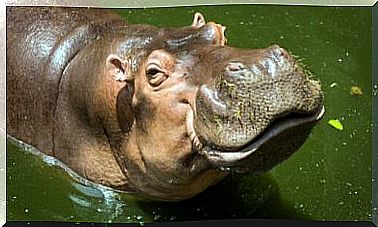Mammalian Spine: What Does It Tell Us About Evolution?

Mammals are unique in many ways. We’re warm-blooded and fast compared to our reptilian relatives, but there are other interesting differences as well, and one of them is in the backbone of mammals.
Harvard University researchers Stephanie Pierce and Katrina Jones suggest that what makes these animals special is the spine. The research was published in the journal Science .
According to Pierce, the mammalian spine is basically like a series of “pieces” on a string, and each piece represents a single bone, a vertebra. “In most four-legged animals, such as lizards, the vertebrae are equally functional”, comments the researcher.
However, mammalian backbones are different. The different sections or regions of the spine, such as the neck, chest, and lower back, take on very different shapes. They work separately and therefore can adapt to different forms of life, such as running, flying, digging or climbing.
Mammals: specialized columns
While mammals’ backbones are special, it was believed that the underlying regions were ancient and came from the first land animals. Mammals were believed to have made the most of existing anatomical planes. However, this new study is challenging that idea by analyzing the fossil record.
“There are no living animals these days that record the transaction from a ‘lizard-like’ ancestor to a mammal, ” Jones said. To do this, she said, it would be necessary to delve deeper into the fossil record and look at extinct mammalian precursors, the non-mammalian synapsids, which are the key to understanding the origin of specific mammalian characteristics, including the spine.
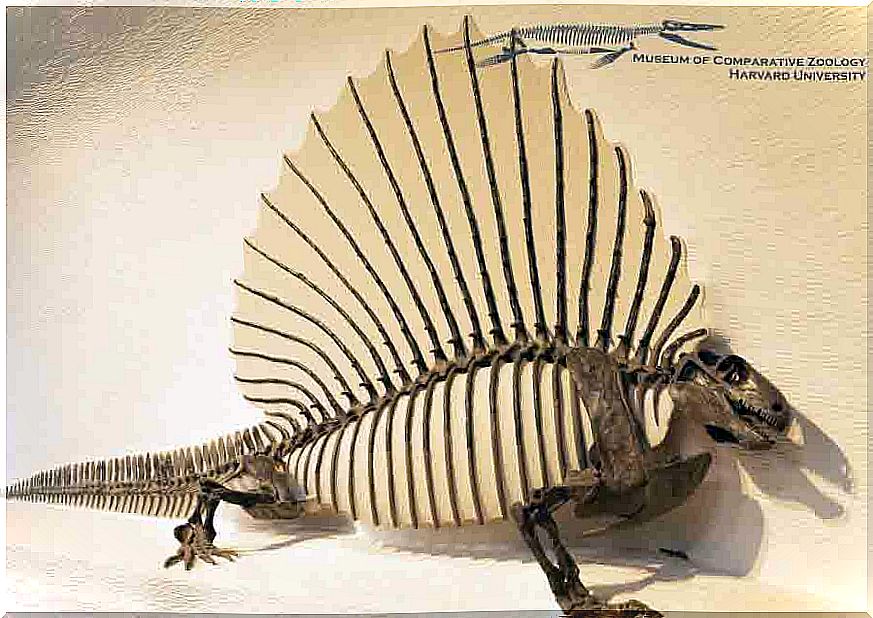
However, studying fossils is not easy. Jones says about this that fossils are scarce. According to her, finding extinct animals with more than 25 vertebrae in place is incredibly rare.
To address this problem, the researchers gathered collections from museums around the world, allowing them to study the fossils of the most conserved animals that lived about 320 million years ago.
A rapid change in the mammalian spine was an important first step in their evolution. Over time, changes in the spine allowed mammals to become the many species we know today.
Evolution of the mammalian vertebral column
The research team examined fossil spines as well as more than 1,000 vertebrae from living animals. Among them, mice, alligators, lizards and amphibians. They wanted to find out whether mammalian vertebral regions were as old as previously thought. Or, on the other hand, if mammals were doing something unique.
“If vertebral regions had remained unchanged throughout evolution, as people came to believe, we would have expected to see the same regions in non-mammalian synapsids that we see today in mammals,” says Pierce. But that doesn’t seem to be the case.
When researchers compared the position and shape of the vertebrae, they found something surprising. The spine had gained new regions during the evolution of mammals. Early non-mammalian synapsids had fewer regions than living mammals.
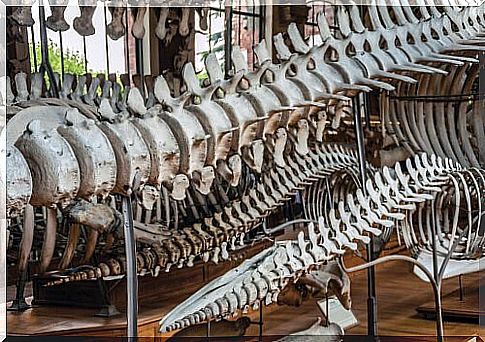
About 250 million years ago, a new region evolved near the shoulders and forelegs. Drastic changes also began to occur in the hind legs of animals known as peptides or mammals.
The evolution of the column of mammals
Researchers believe that there is some kind of cross talk during development between the tissues that make up the vertebrae and the shoulder blade. Even so, it is believed that this interaction resulted in the addition of a region close to the shoulder, as our ancestors’ hind legs evolved to acquire form and function. Later, a region emerged near the pelvis. According to the researchers, this region, the borderless lumbar region, seemed to adapt better to different surroundings.
The final step in building the mammalian spine may be related to changes in the Hox genes. These changes were important for the spinal region early in its development.
In this sense, the researchers were able to establish connections between changes in animal skeletons and extinct ideas in modern developmental biology and genetics. “This combined approach helps us understand what makes a mammal a mammal,” concludes Jones.



